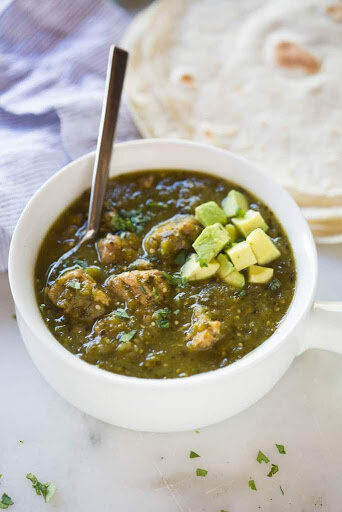The Tango of the Tomatillo
by Colin W.
Legacy Farms Apprentice
Here at Legacy Farms, we like to grow all sorts of veggies you’d expect to see on a farm. Tomatoes, beets, chard, kale, and jalapenos are just a few of the crops we’ve harvested or are planning to harvest this summer. However, each year we like to spice it up by adding something new into the mix. Last year we added lemon cucumbers, which were a popular item at our farmer’s markets. This year, we’ve decided to tango with some tomatillos!
Tomatillos growing at Legacy Farms
When eaten raw, tomatillos are slightly acidic and have a sharp taste. Once cooked, they become more sweet and watery. This sweet and juicy flavor has inspired chefs and home cooks to use them in soups and salsas for hundreds of years across South America. Unfortunately, I haven’t had the chance to eat any foods with tomatillos in them (though someone at Legacy Farms has). Before we dig into that, though, we have some history to cover.
Tomatillos have been cultivated for hundreds of years now. They were harvested by Aztecs and Mayans prior to Columbian colonization, and were considered important to the two groups because of their large populations and the amount of tomatillos that were yielded. However, tomatillos may have existed for much longer...even millions of years. In 2017, scientists discovered a fossilized tomatillo in the Patagonian region, and that tomatillo was said to be 52 million years old!
Some salsa verde
That’s all very interesting, but why cultivate tomatillos in the first place? The main reason is because Legacy Farms enjoys trying our hand at growing new and interesting types of veggies, according to Billie Jo Bevan, Director of Operations at Legacy Farms. This is our first year of growing tomatillos, so we not only learn new growing and harvesting techniques but also get a chance to experiment with new recipes.
One of our staff members, Faustina Mora, gave me great insight into what role tomatillos play in cultural dishes. To her, tomatillos are reminiscent of hours spent preparing a meal, and the joy you take in creating it. Tomatillos are actually the main ingredient for one of her favorite meals, chile verde. Chile verde is a Mexican-American stew made with pork and tomatillos. It takes several hours to prepare but it has a tangy, spicy taste.
A bowl of pork-filled chile verde
Faustina has been working with Legacy Farms since early summer, earning college credit that will complete her degree in Health Promotion and Behavioral Science. In working with an organization like Legacy Farms, what kind of benefits are there to gain? According to Laurie Young, Executive Director at Legacy Farms: “Faustina is gaining professional development skills and real-world experience in her field of interest. She’s not only getting college credit and experience in the non-profit sector, but also learning more about neurodiversity and our relational model by helping design a system for tracking progress that will be useful in assessing program effectiveness and also applying for grants.”
Try Faustina’s favorite tomatillo recipe in one of the recipes offered below!
Recipes:
Chile Verde (Food Network):
https://www.foodnetwork.com/recipes/chili-verde-recipe0-1917661
Vegetarian Chile Verde (Food Network):
https://www.foodnetwork.com/recipes/giada-de-laurentiis/vegetarian-chili-verde-recipe-2095720
Sources:



